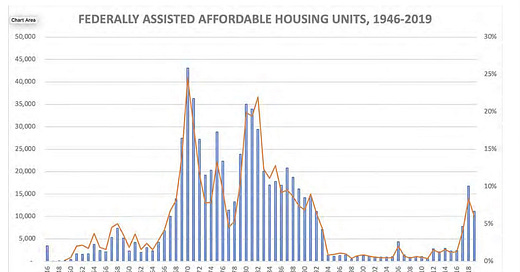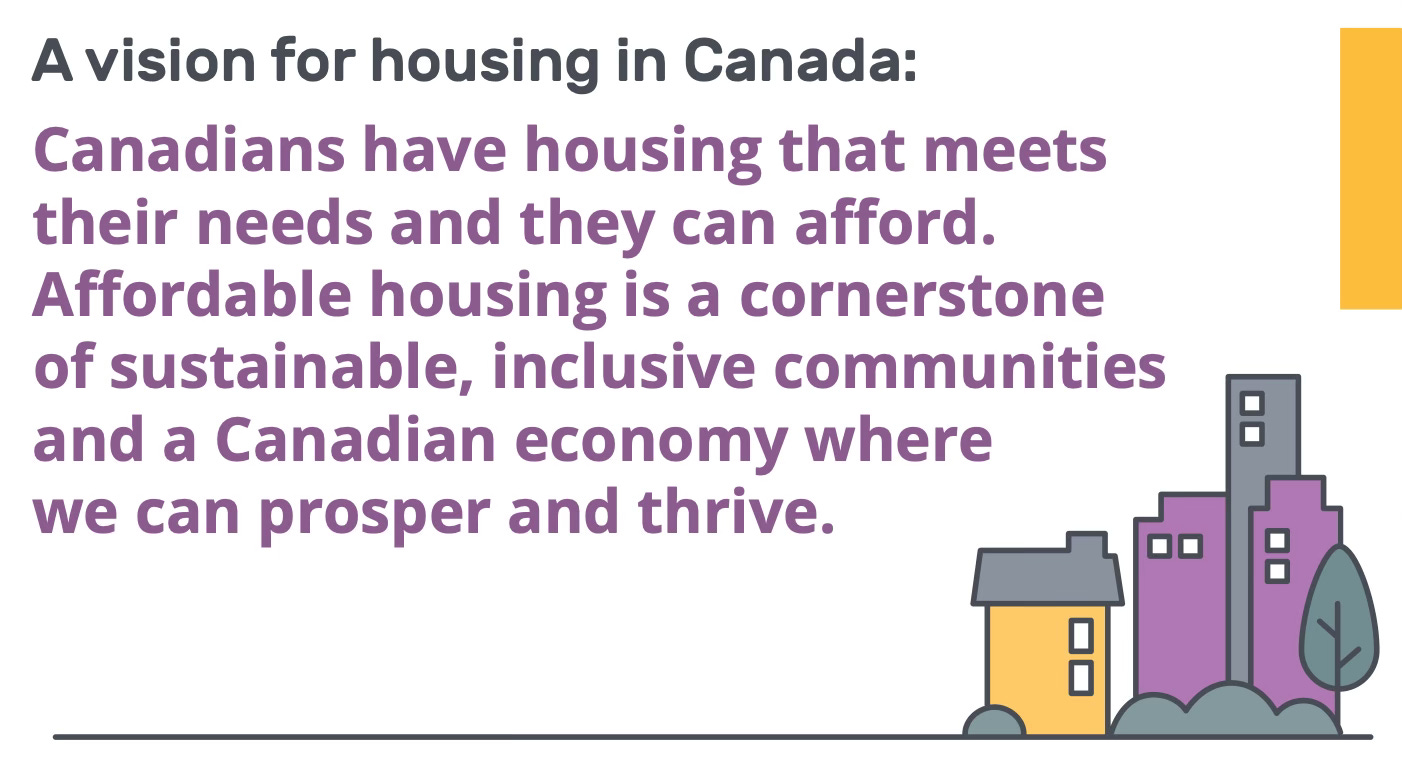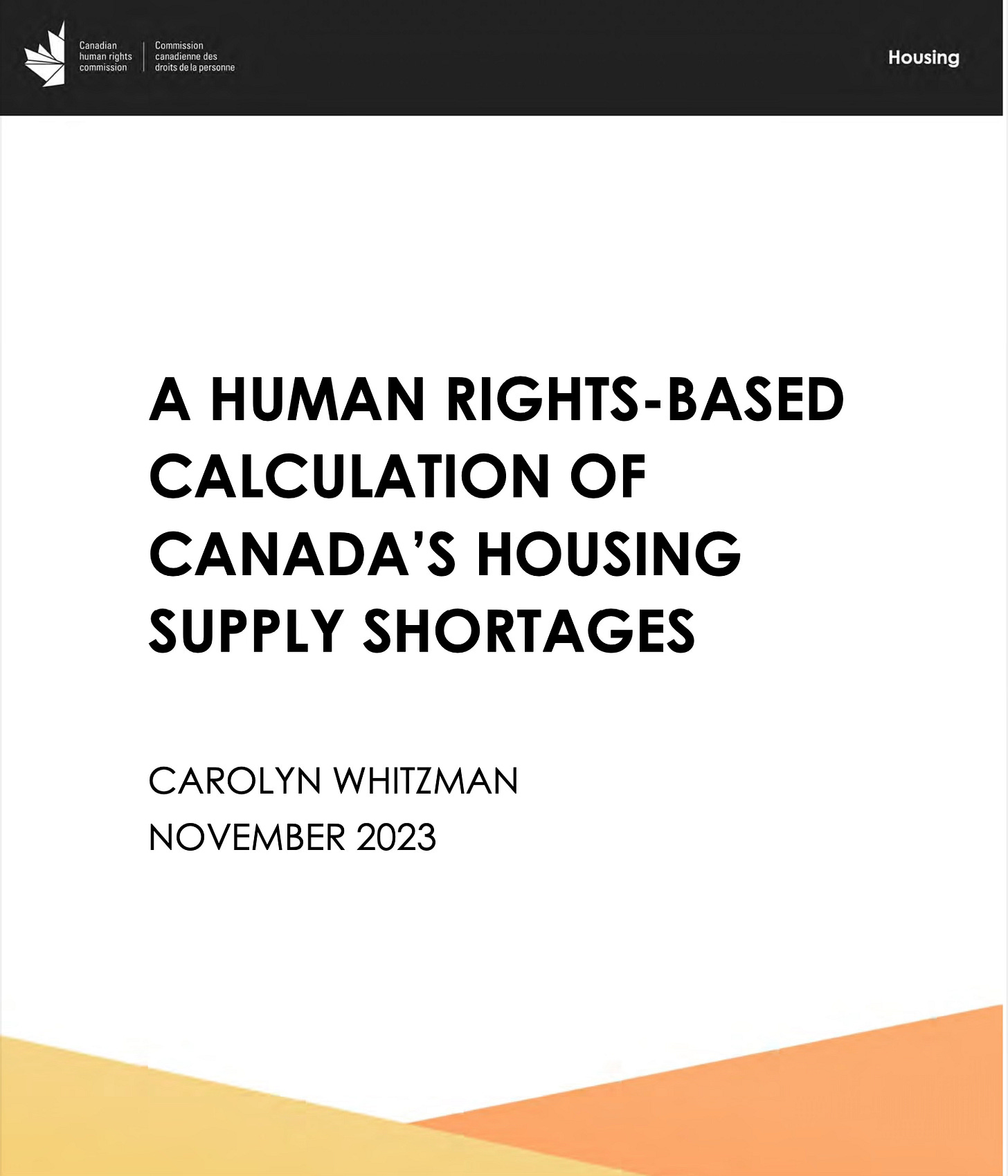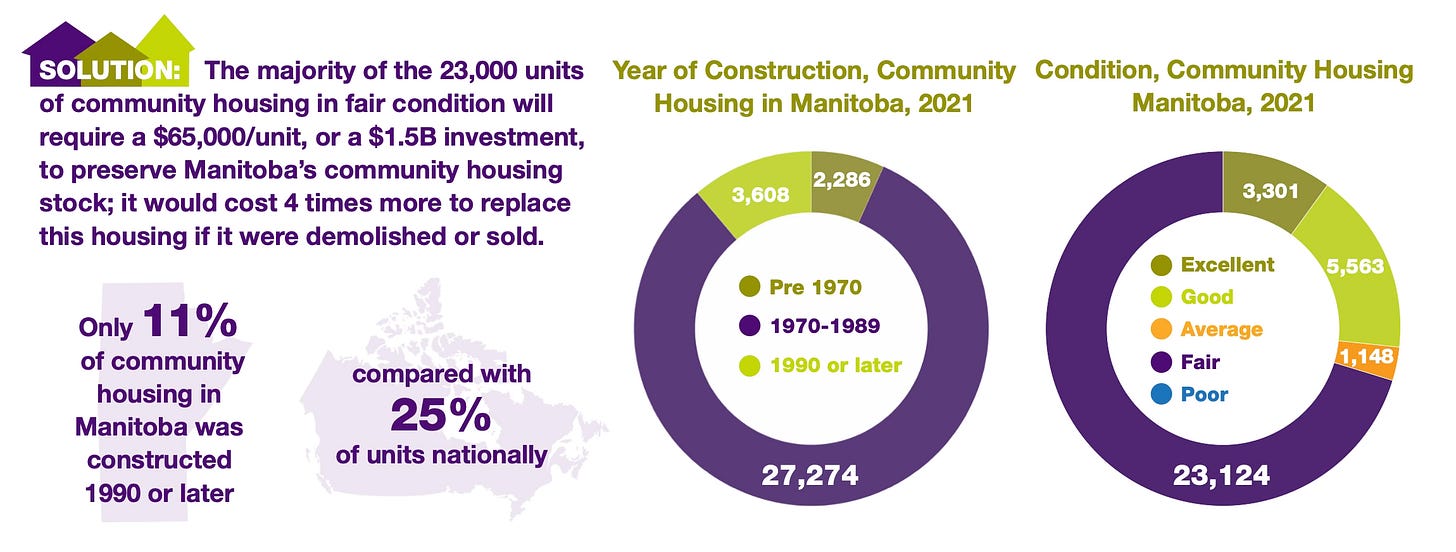The Housing Crisis
There has been a lot of talk, policy, and money put towards addressing our housing crisis. The most prominent change in cities right across Canada has been the federal Housing Accelerator Fund, a $4B federal government initiative. The HAF is sweeping across the country, with municipalities making the needed changes to their plans and zoning in order to access the fund. On February 2nd, the City of Waterloo became the 30th municipality to receive the HAF.
This funding is desperately needed by cities, and the zoning changes being implemented to access that funding are bringing a needed end to exclusionary zoning. All this is being brought about because of the crisis in housing affordability coast to coast to coast. As I have written before, this is a crisis that has been rolling towards us for a while, and one that is going to take a while to get out of. We have been failing when it comes to housing for a long time in Canada.
Over the past couple of years there have been a few actions taken to address housing affordability. Besides the Housing Accelerator Fund, targeted for municipalities to create more housing, the federal government put a cap on foreign students to ease housing demands. In another initiative, the government has exempted some new rental construction from having to pay the GST. Mortgage rules have been changed to allow first-time home buyers easier access to purchasing. The restriction on foreign purchasers of housing has just been extended to 2027.
Through all of these actions, we are missing the underlying and much more durable crisis, namely the affordable housing crisis. All of the actions to date have been primarily targeted towards market housing, whether ownership or market rental. As explored in my previous post, We Are Failing at Housing, very little is being done for those who need subsidized affordable housing.
Affordable Housing vs Housing Affordability
As opposed to housing “affordability”, which is primarily in the market housing sector, affordable housing is operated, and usually owned, by non-profit, cooperative, or government agencies. These non-profit entities are delivering housing where rents are geared to the income of the resident, or RGI housing. Rents for tenants are subsidized so that they do not pay more than 30% of their income on housing.
Paying no more than 30% on housing is the threshold set that allows a resident to have enough income left to pay of food, clothing, transportation and all the other basic necessities. Those who are paying above 30% on housing are considered to be in “core housing need”. It is those in core housing need, right across Canada, who are being left out.
The Affordable Housing Crisis
The affordable housing crisis has been with us for a long time. Most of the subsidized housing we have in Canada was built in the ‘70s and early ‘80s. There was real focus at a national level to address the housing crisis of the day. Canada Mortgage and Housing Corporation (CMHC) was the federal government body that funded the boom in construction of affordable “public” housing. The federal commitment to supporting affordable public housing was such that CMHC received the United Nations Peace Medal in 1982 for their work. (as per their 2005 Annual Report).
Then, in the 1980s, the federal government decided to stop funding public housing. Effectively, CMHC simply became a glorified mortgage insurance company.
Since then, the need for more affordable housing has only grown, with HART (Housing Assessment Resource Tool) currently estimating that over 1.4 million households are in core housing need in Canada.
Very little of the action taken recently by all orders of government is actually addressing the affordable housing crisis and the growing need for subsidized affordable housing. Ren Thomas recently published a brilliant article in Policy Options that highlights how the housing market is working pretty much as designed. The “market” has always left out low-income renters, and short of strong government action, always will.
Read Let’s Stop Calling it a Housing Crisis by Ren Thomas
Whiffing on Housing
For all the sound and fury lately around federal funding, municipal zoning, and the “affordability crisis”, when it comes to those who need affordable housing the most, it is all sound and fury, signifying very little (with apologies to Will Shakespeare). The National Housing Strategy, launched in 2017, was specifically created to build affordable housing and address the funding gap.
Note: I was involved in advocating to the Federal government leading to the creation of the National Housing Strategy. On behalf of the Federation of Canadian Municipalities, I was representing municipalities across Canada pushing hard for renewed federal investment in affordable housing.
Sadly, the National Housing Strategy has not delivered. And it feels like we are moving further away from the goals and vision of the Strategy each time “housing affordability” is mentioned.
The Federal Housing Advocate, created as part of the National Housing Strategy, released a mid-strategy review in November of 2023. If you ever want to read a blistering and damning review of a program, this is the report for you.
“does not prioritize who is most in need of adequate housing, and it does not provide a sense of who needs what housing where and at what cost.”
“ignores affordability for the third of Canadian households who rent.”
“It conflates demand for home ownership, which may be for speculative or investment purposes, with housing need.”
As shared in my We Are Failing at Housing post, the Auditor General of Canada also came out with a harsh review of progress of the National Housing Strategy in November, 2022.
Fixing the House
Canada needs more homes. It is obvious we need more housing. We have been lagging for a very long time. Action so far has been taken to reduce demand on housing and increase the supply of market housing. All while essentially ignoring those that need affordable housing the most. The Housing Accelerator Fund helps to create more housing, with bonus funding available for housing created at 80% of market rates, far beyond the access of those who need it.
Here is the conclusion of the Federal Housing Advocate:
Based on current population growth projections as well as existing deficits, Canada will need 4.3 million additional homes available to very-low and low-income households in the first household income quintile, 3.9 million additional homes available to moderate- and median-income households in the second- and third-income quintile, and 1.4 million homes available to higher-income households in the fourth- and fifth-income quintile. In all, Canada will need to increase its number of homes from 15 million to closer to 25 million by 2031.
Not Just New Housing
While are aren’t close to achieving any of those targets, we are also losing affordable housing, year over year. All that affordable public housing that was built in the 1970s is in desperate need of maintenance and repair. Each year we are losing thousands of affordable units because they are no longer in a liveable condition or government rent subsidies have run out.
In Manitoba, there are 23,000 units of existing affordable housing requiring maintenance to keep them open. The Manitoba Non-Profit Housing Association estimates that the repair bill for those units is $1.5Billion.
While we need 4.3 million new affordable homes across Canada, in every province and community we are losing existing units. It is estimated that in Manitoba while we build 400 new affordable units per year, we are losing 1,000 to decay and disinvestment. Take those numbers and multiply them across the country.
Getting our eye back on the ball
Back in 2017, with the launch of the National Housing Strategy there was hope that we were going to begin to address the affordable housing crisis we were in. While there were gaps within the Strategy; it didn’t address the expiring operating agreements for existing housing (that is a whole other story!) and it didn’t deal with funding for the lack of lifecycle maintenance, it was committed to funding truly affordable housing. After all, the Strategy and the National Housing Strategy Act begin with the explicit declaration that housing is a human right.
Since then, for primarily political reasons, we have taken our eye off the ball. The need has grown, the condition of affordable housing people are living in has got worse, and the public discourse has shifted from “affordable housing” to “housing affordability”.
Housing is a human right. People, no matter who or where, deserve to live in a decent and affordable home. This is fundamental for a society to treat everyone with dignity. So many of the challenges we see today come down to a need for decent affordable housing. Every time we talk about poverty, the addictions crisis, homelessness, and so many other issues, the solution starts with stable decent housing.
We just need to start to begin.
Brian
ps. there are many great organizations working for affordable housing in Canada. A few are linked within the piece above. Another great one to check out is the Canadian Housing and Renewal Corporation. They do really good work.
Policy Options did a great series: How Does Canada Fix the Housing Crisis
b








